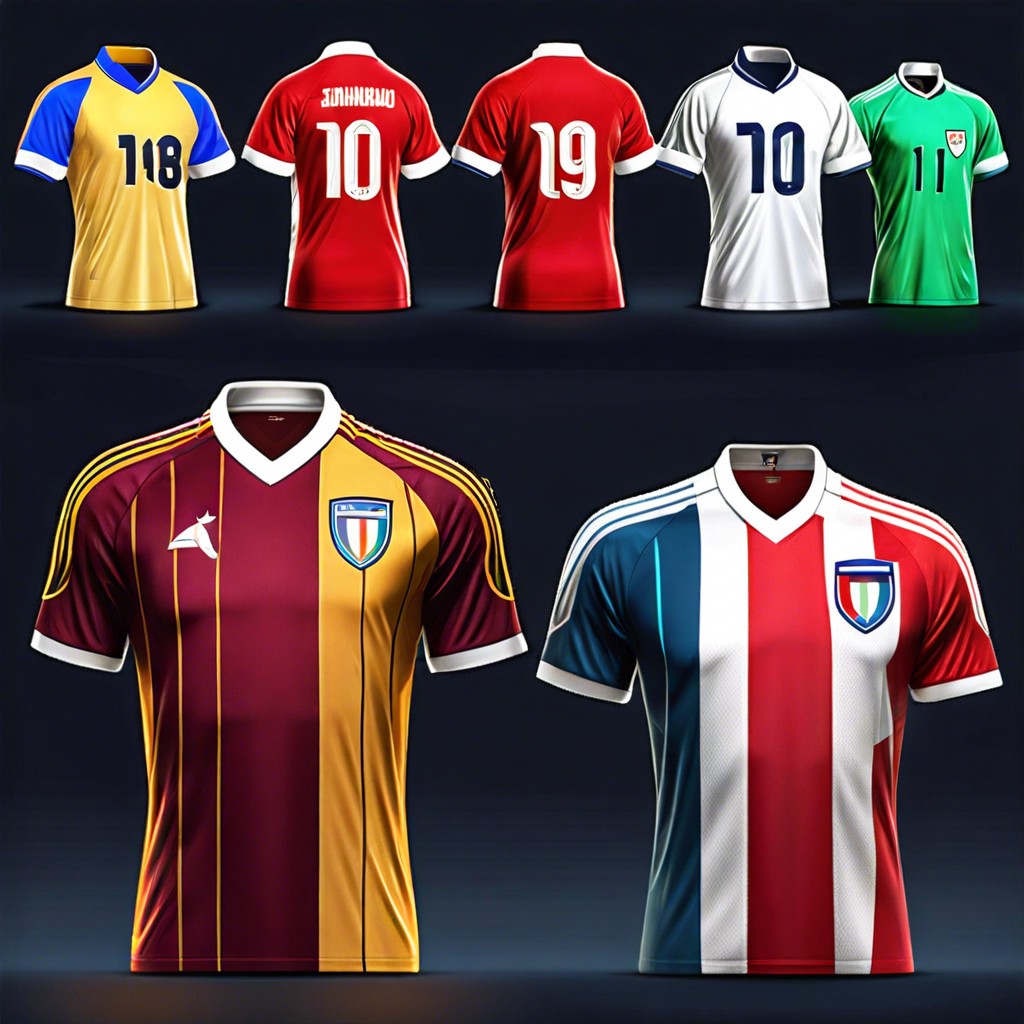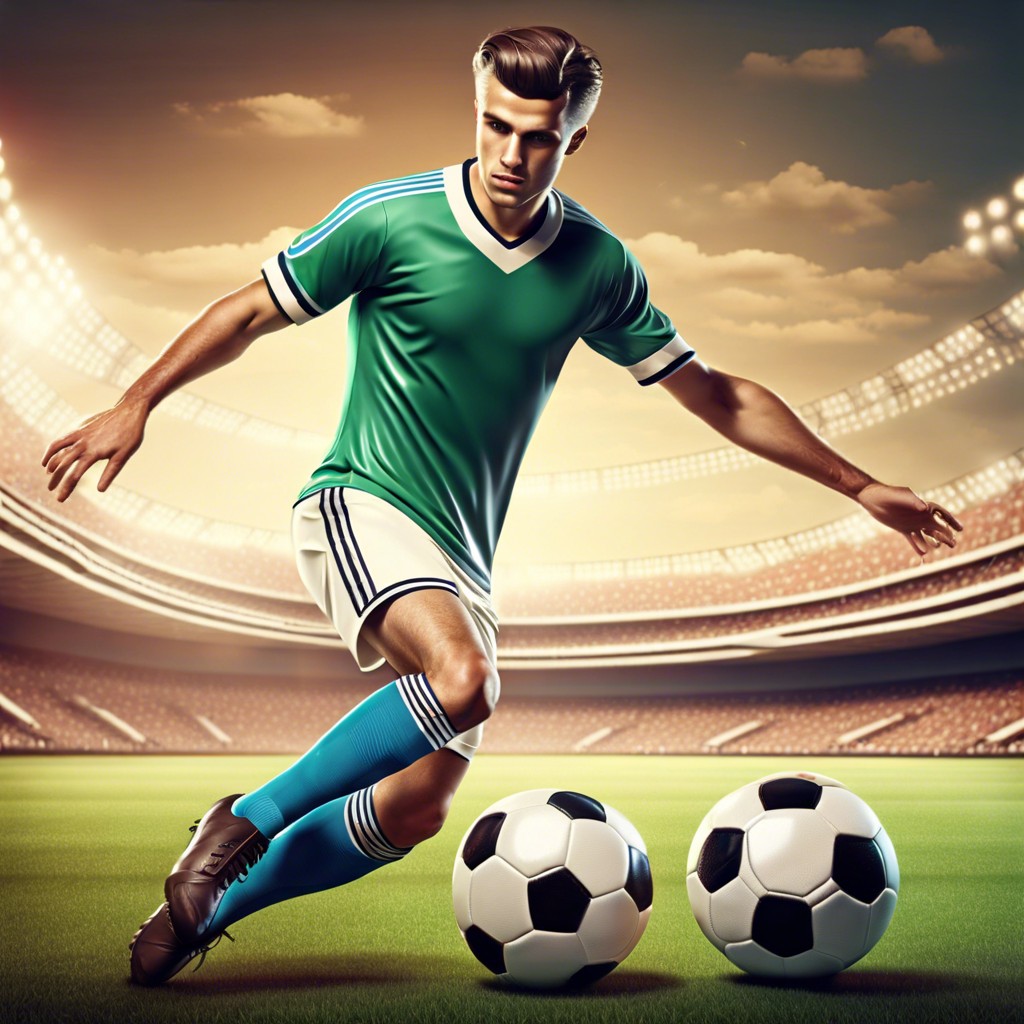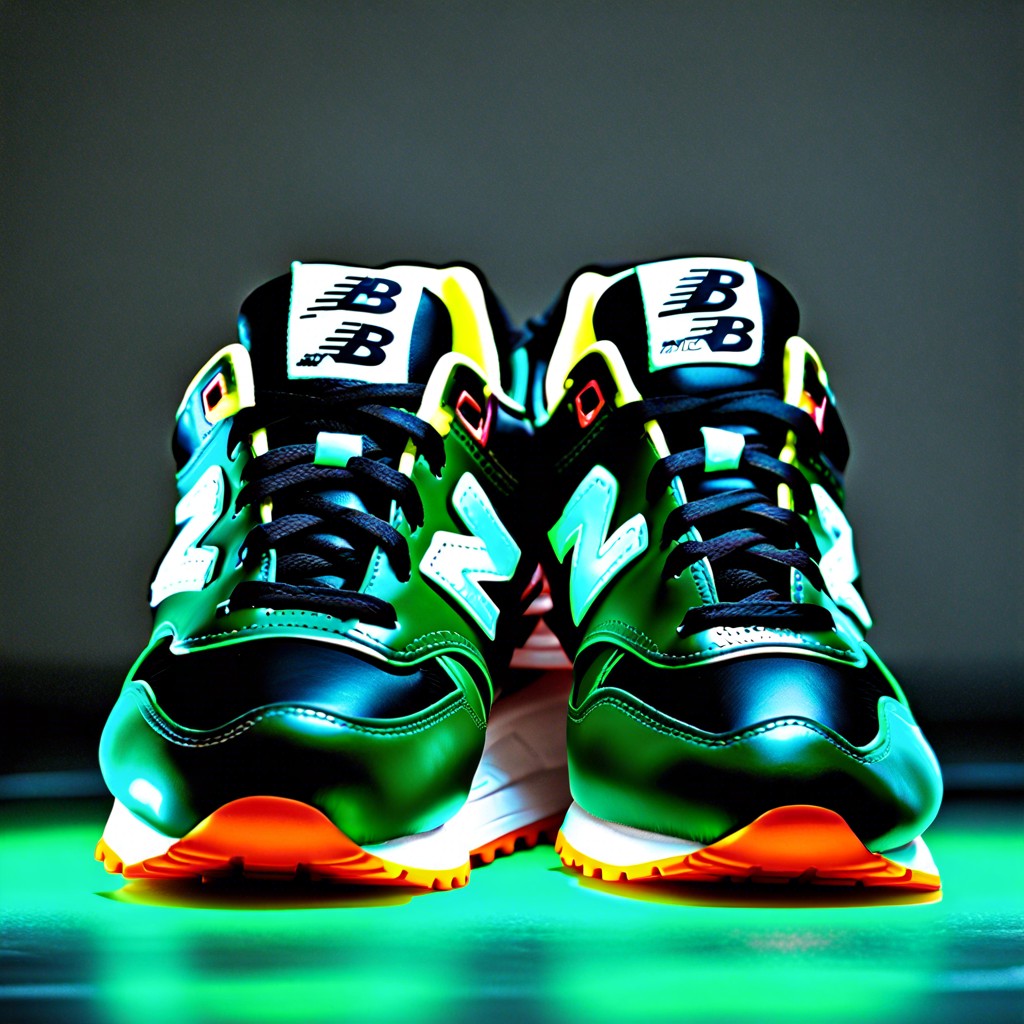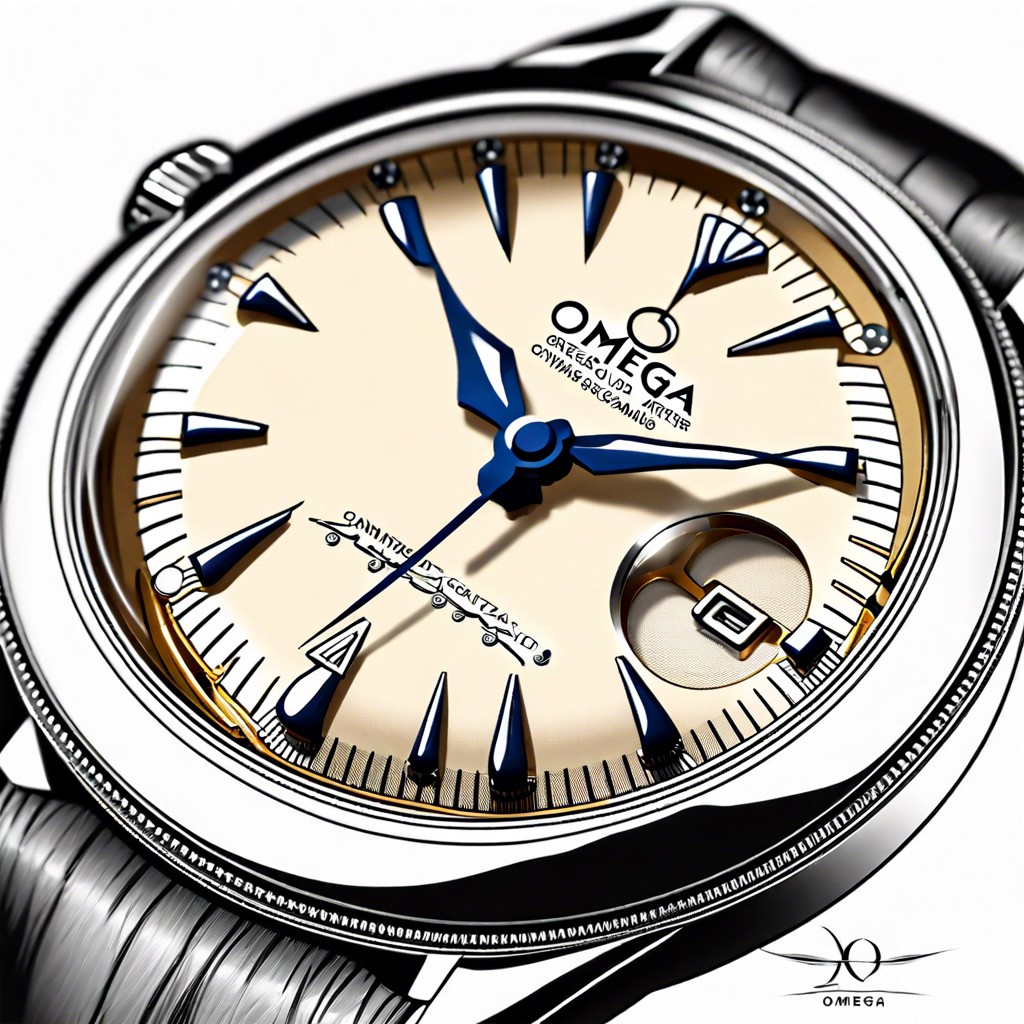Last updated on
Discover the key factors to consider when selecting a retro soccer jersey that celebrates the sport’s history while reflecting your personal style.
Key takeaways:
- Retro soccer jerseys represent moments in time, reflecting history and culture.
- Jersey design has evolved, incorporating new materials and technologies.
- Iconic jerseys, like Brazil’s 1970 World Cup jersey, hold special significance.
- Jerseys linked to legendary players have higher value and demand.
- Retro soccer jerseys have surged in popularity and can be valuable investments.
Historical Significance of Retro Soccer Jerseys

Retro soccer jerseys encapsulate moments in time, marrying the history of the sport with cultural trends. They serve as a gateway to understanding the social and political climate during which they were worn, as team kits often reflected the fashion and technological advancements of their era.
Collectors and fans alike treasure these jerseys for their connection to legendary matches and players, with specific designs commemorating noteworthy victories or seasons. As physical tokens of nostalgia, retro jerseys foster a sense of identity and community among supporters.
Additionally, these jerseys are educational tools, providing insights into the evolution of sportswear manufacturing and branding. Early jerseys, for example, were made from heavy cotton and featured minimal branding, whereas later designs incorporated synthetic materials and sponsor logos, charting the rise of commercial influences in the sport.
Retro jerseys not only tell the story of soccer’s development but also offer a retrospective on how the game has been intertwined with global culture, influencing and being influenced by the world’s passionate love affair with the beautiful game.
Evolution of Soccer Jersey Design

Materials have transitioned from heavy cotton to lightweight, breathable fabrics, enhancing player comfort and performance. Early jerseys often resembled regular shirts, but modern versions feature advanced moisture-wicking technology and aerodynamics.
Designs have shifted from simple, solid colors to dynamic patterns, incorporating team branding and sponsor logos. This has turned jerseys into marketing tools and popular fan merchandise.
The introduction of replica kits has made jersey designs more important commercially, influencing aesthetics to appeal to a broader audience beyond the pitch.
Safety and technology integration, such as GPS tracking pockets, reflect how jersey design prioritizes player welfare and coaching strategy.
Personalization options, including name and number printing, have strengthened the emotional connection fans forge with both jerseys and players.
Iconic Retro Soccer Jerseys and Their Stories

The 1970 Brazil World Cup jersey holds a special place in football history. Bearing the legendary number 10, worn by Pelé, this deep yellow shirt with green trim symbolizes Brazil’s dominance and the beauty of the “Jogo Bonito” (the beautiful game).
Manchester United’s sharp, red home kit from the late ’90s represents a golden era. It’s synonymous with the treble-winning season of 1998-99, where the team clinched the Premier League, FA Cup, and Champions League, a feat immortalized by players like David Beckham and Ryan Giggs.
Italy’s 1982 blue home jersey is another classic, etched in memory with Marco Tardelli’s passionate celebration during the World Cup final victory. This Azzurri blue became a symbol of national pride and footballing excellence in Italy.
Liverpool’s 1984 home jersey is iconic for its simplicity and association with the club’s European success. The all-red kit with white and yellow stripes became a cultural symbol, linked to the heroics of players like Ian Rush and Kenny Dalglish.
In the realm of club football, the black and white stripes of Juventus’ 1985 European Cup Final jersey have become legendary. This design is representative of a club known as “La Vecchia Signora” (The Old Lady), and the jersey is particularly special given the team’s victory in that final.
Real Madrid’s all-white kit, especially from the 1950s and ’60s, has a regal essence, with the club dominating European football during that era. The simplicity of the design reflects the team’s pure footballing philosophy and is closely associated with legends such as Alfredo Di Stefano and Ferenc Puskas.
The Impact of Players On Jersey Popularity and Value

The value of a retro soccer jersey soars when linked to legendary figures. Diego Maradona’s ‘Hand of God’ game jersey or Pele’s Santos FC shirt from his extraordinary career are prime examples. These items capture moments of soccer history, encapsulating a player’s prowess and the emotional weight of their achievements.
Collectors pay premiums for shirts worn during pivotal matches or significant personal milestones—such as career debuts or farewell games. The rarity of a signed jersey further elevates its allure. This provenance connects the item to a specific narrative, amplifying its collectability and monetary worth.
Market demand fluctuates with current events, such as anniversary commemorations, Hall of Fame inductions, or documentaries highlighting past soccer stars. These factors create a resurgence of interest, prompting fans and collectors to seek out associated memorabilia.
Jerseys from successful seasons or pivotal championship games often hold their value best, as they represent the pinnacle of a team’s and player’s success. This sentimental value, tied closely to fan identity, perpetuates a cycle of demand that can span generations.
Market Trends: Investment and Value of Retro Soccer Jerseys

Retro soccer jerseys have surged in popularity, with vintage kit collectors and enthusiasts driving up demand and prices. The emergence of online marketplaces and social media platforms allows for easier access and global reach, connecting sellers with buyers worldwide. This increased visibility has led to an understanding of the rarity and significance of certain jerseys, influencing their market value.
Scarce editions, such as those worn during memorable matches or with specific player affiliations, often attract higher prices. Historical significance plays a role too; shirts from milestone events or pivotal seasons in football history carry a premium.
The condition of a jersey is a critical factor in its value. Well-preserved pieces command higher prices, as do unworn items, often described as ‘deadstock.’ Authentication adds another layer, with provenance and verification by experts reassuring investors of an item’s legitimacy.
Retro jerseys also serve as alternative investments, holding or increasing in value over time. They can be less volatile than traditional financial markets, with the potential to appreciate, especially as specific jerseys become more scarce due to limited production runs.
Finally, cultural trends influence the market. Popular culture, fashion, and media nostalgia can reignite interest in particular eras or styles of jerseys, leading to spikes in their desirability and value.




